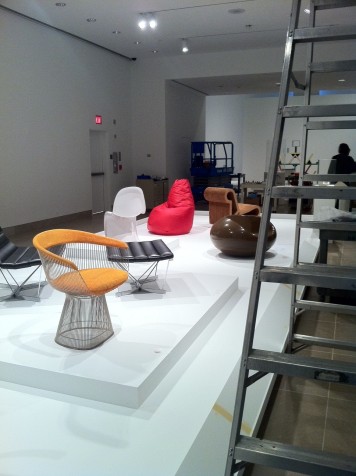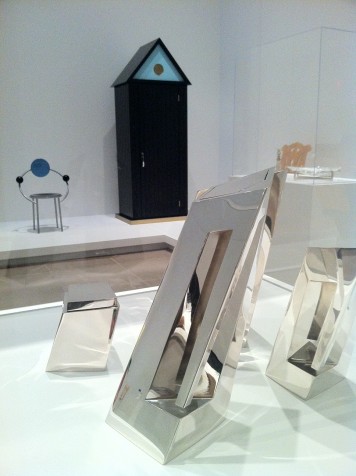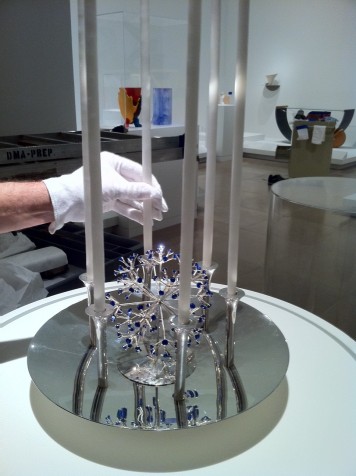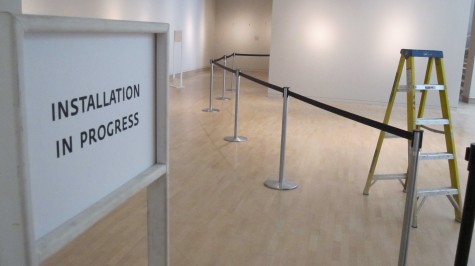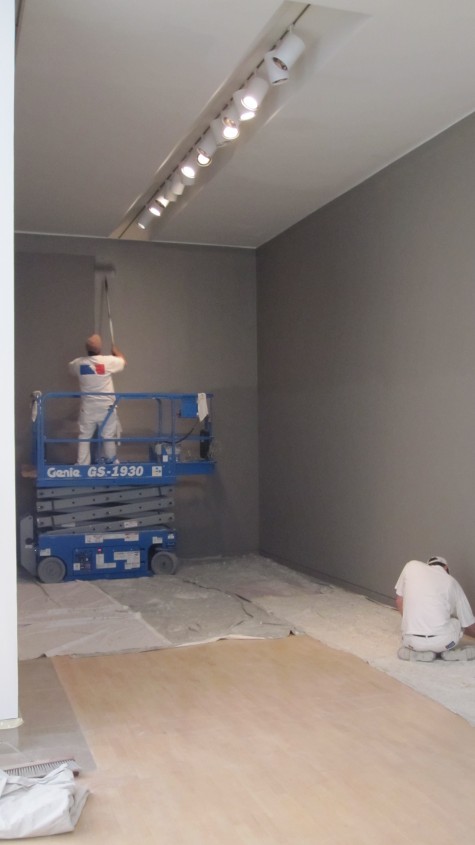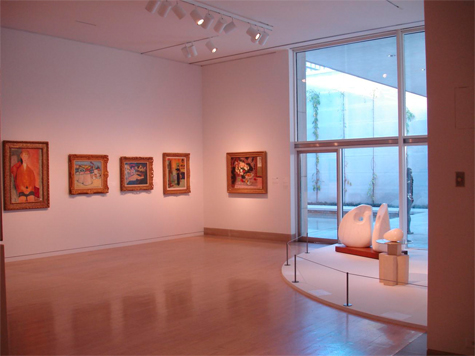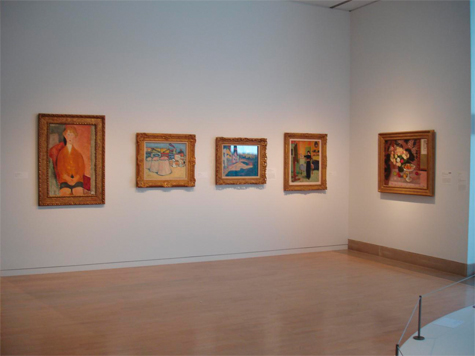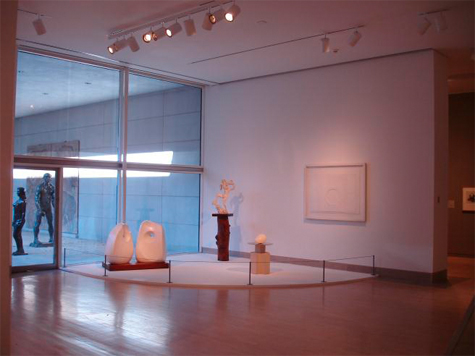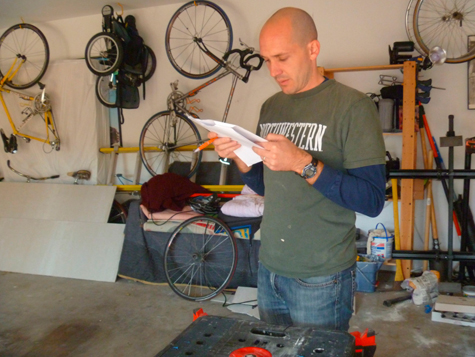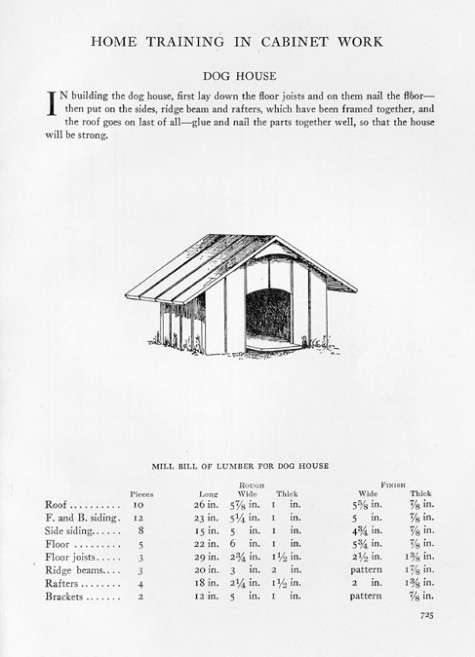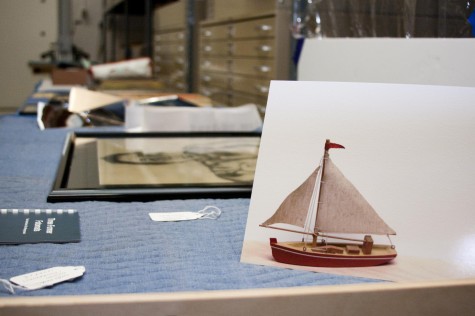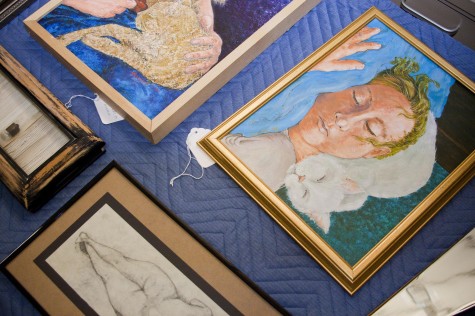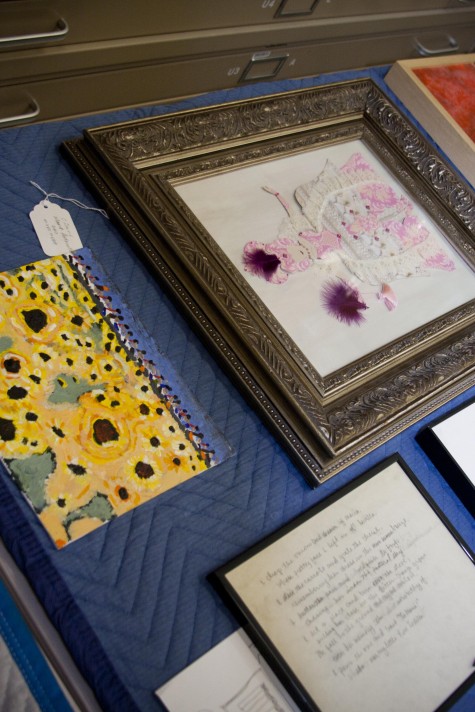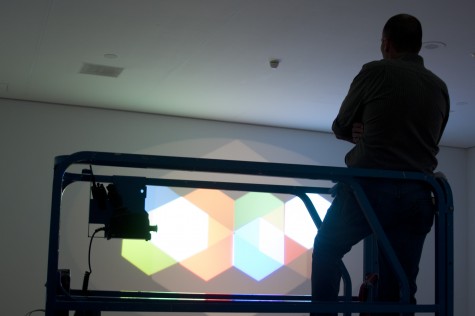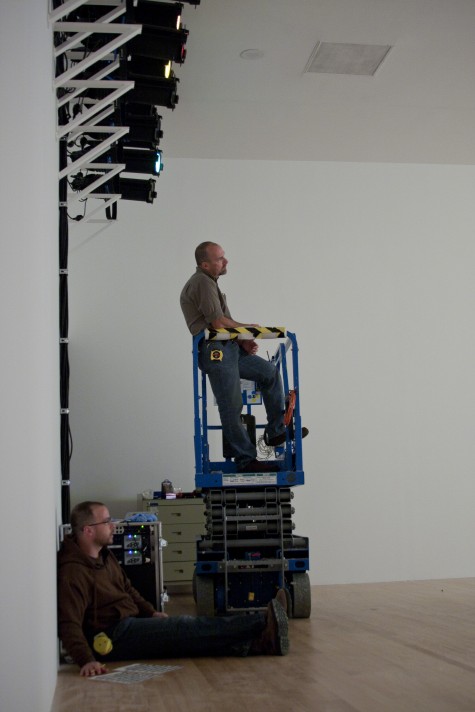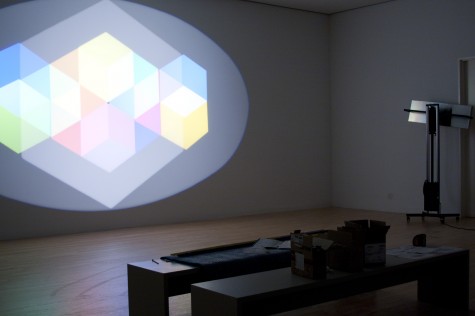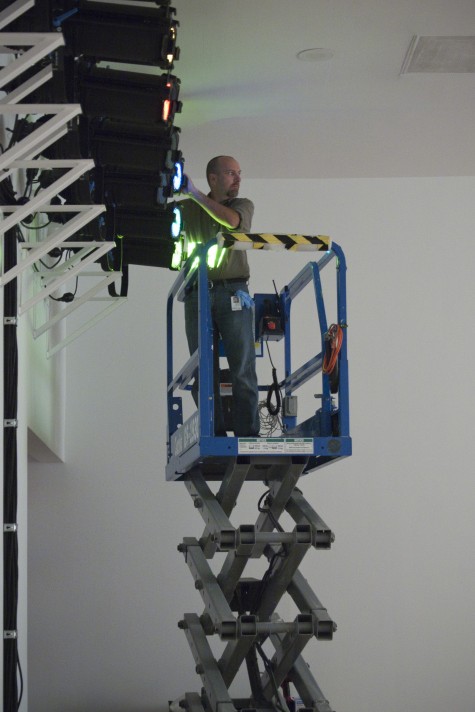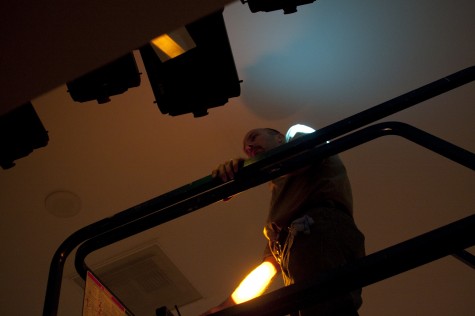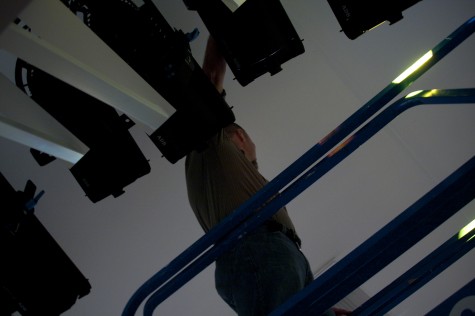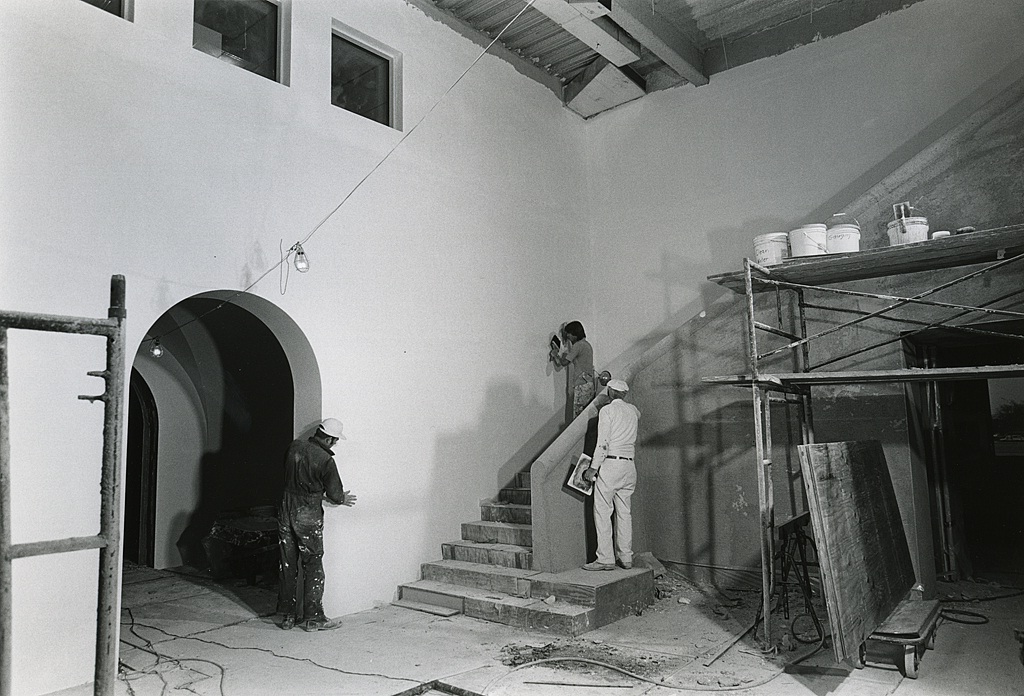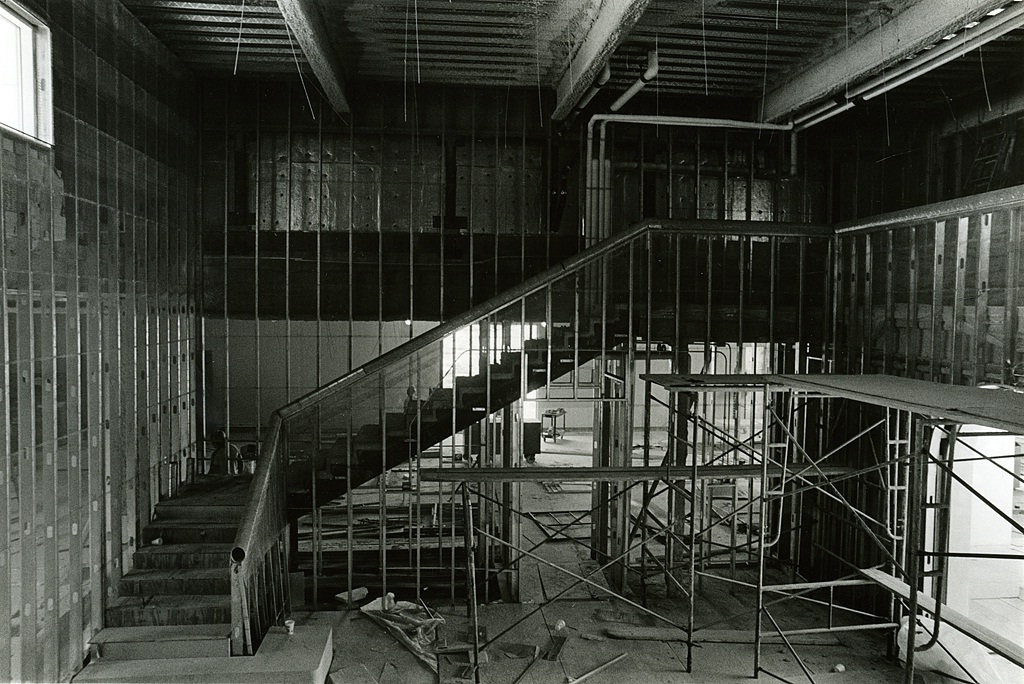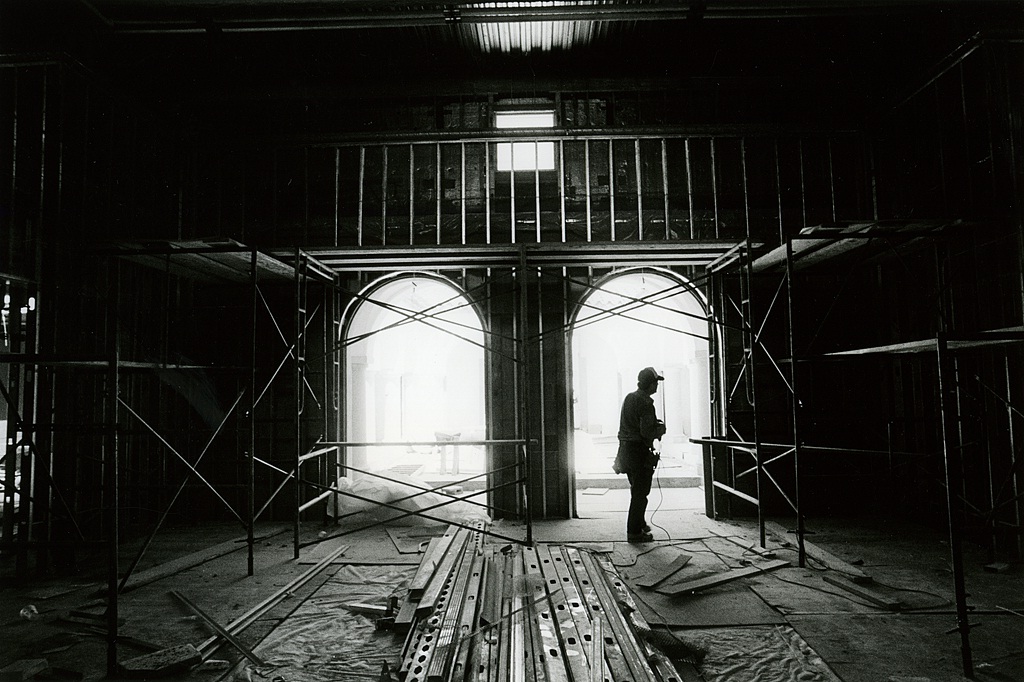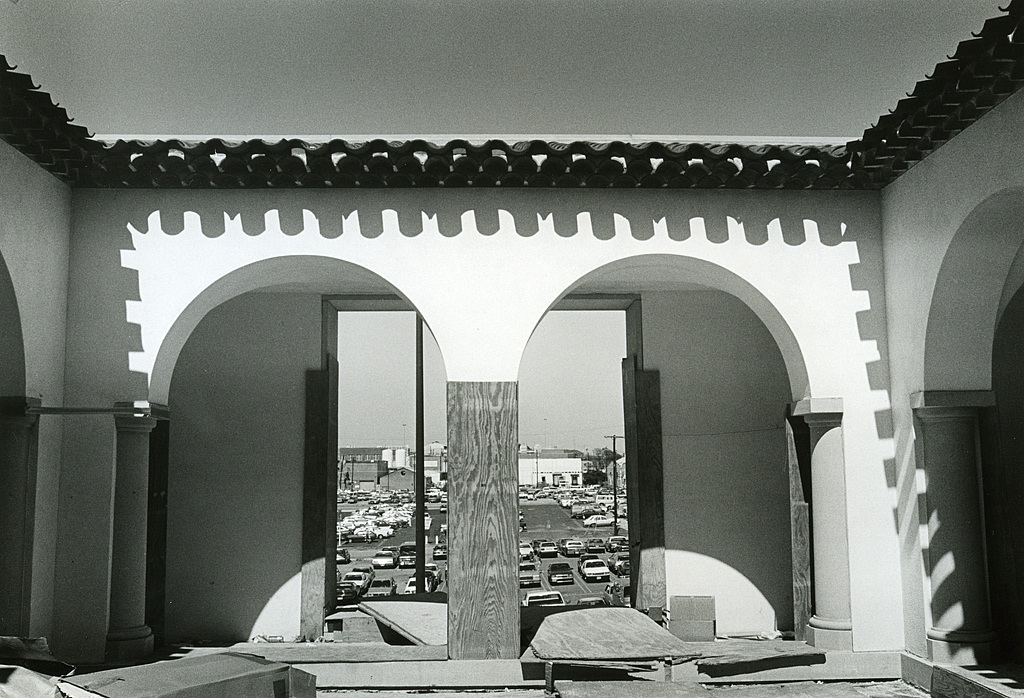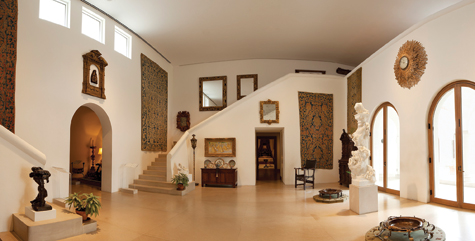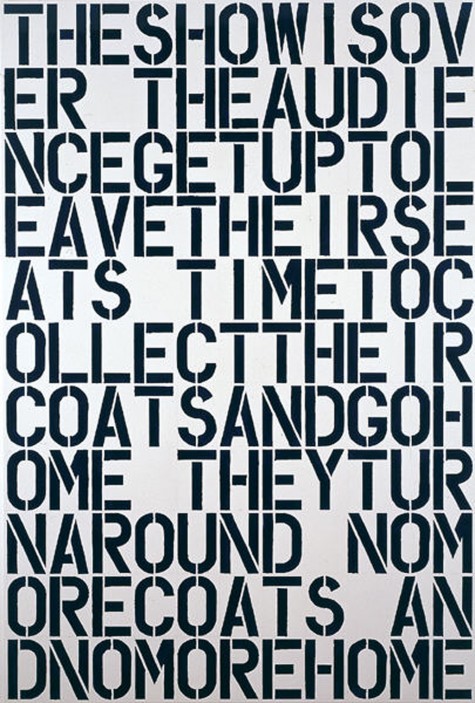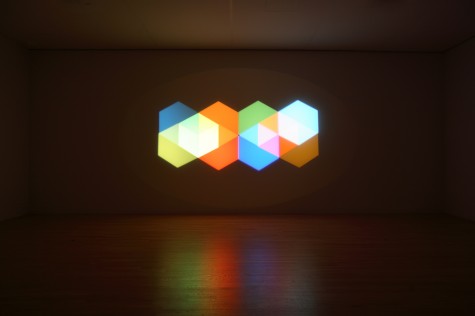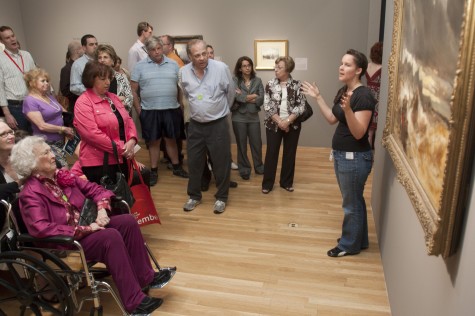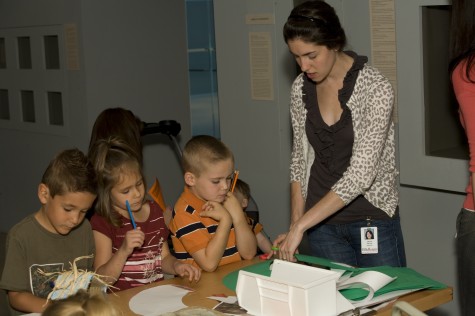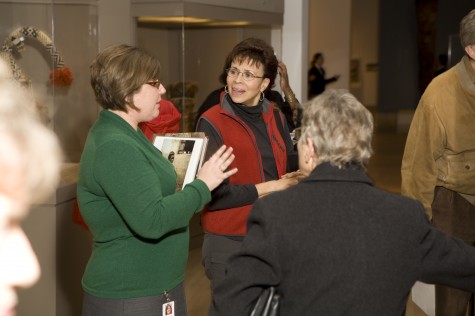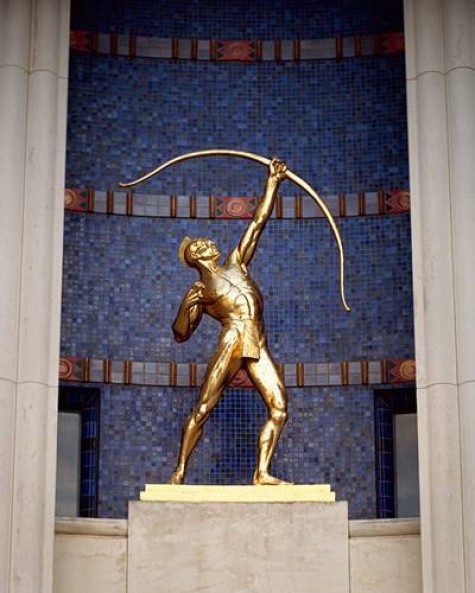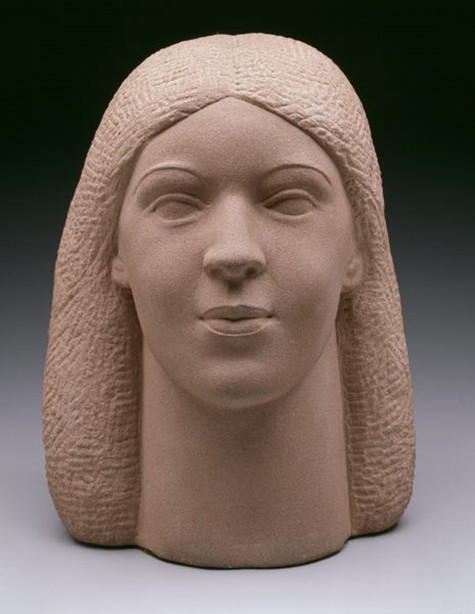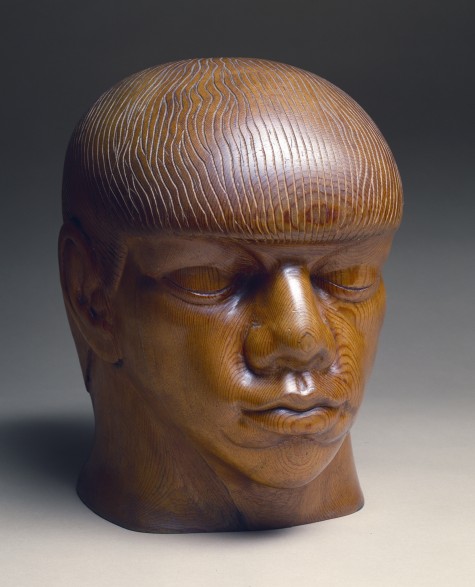As the curator of decorative arts and design for the DMA, I oversee a collection of nearly 8,000 works of American and European art. From 17th-century ceramic vases to 20th-century plastic chairs, these holdings are among the Museum’s most expansive and diverse. One aspect of this collection is a growing number of modern and contemporary international design objects, a selection of which has recently been installed in an exhibition in the Museum’s Tower Gallery, Form/Unformed: Design from 1960 to Present. In this installation, we showcase, for the first time, a perspective upon design of the last fifty years as seen through the lens of the DMA’s collections.
Although the DMA began acquiring modern design of the 20th century nearly two decades ago, it has only been in recent years that opportunities to collect contemporary design have been taken, resulting in a host of new acquisitions, such as a tea service and bench by Pritzker Prize-winning architect Zaha Hadid and a witty assemblage of stuffed animals as a chair by the Brazilian design team of the Campana brothers. Many of the objects reflect a logical continuum with the Museum’s historic decorative arts works–whether by function as seating and tableware, or most plainly as aesthetic creations inspired by the era and cultural milieu in which they were fashioned. Even so, a few works in the exhibition, such as Giovanni Corvaja’s “The Golden Fleece” ring, reveal a new collecting interest within the department, that of jewelry. Just this year, over a dozen exceptional examples entered the collection, with yet more growth anticipated in the coming years. Such decisions to expand collecting areas are not made lightly, as resources must be carefully considered and such “new” areas of interest must be reviewed for their logical connections to the DMA’s other collections (in this instance, ancient Greek and pre-Columbian jewelry).
Our new jewelry collecting efforts have been exciting, and as we continue to add new works in this area (and in other arenas of design), you will see additions to this exhibition and the Museum’s galleries–so keep a watchful eye!
Kevin W. Tucker is the The Margot B. Perot Curator of Decorative Arts and Design at the Dallas Museum of Art.
